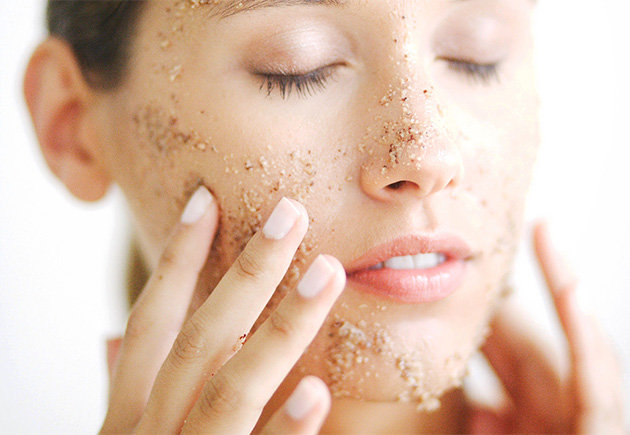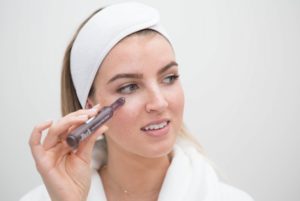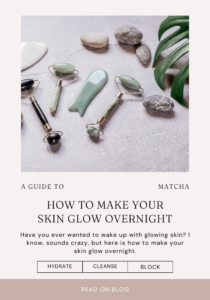
Exfoliation
You may be cleansing, moisturizing, and slathering on the sunscreen—but if you’re not exfoliating, your skin might not be as healthy as it could be. As we age, the process of cell regeneration slows down. This means that the body is slower to shed skin cells and generate new ones. When old skin cells start to pile up on the surface of the skin, it can leave skin looking dull, rough, and dry. Furthermore, the buildup of dead skin cells can result in excess oil and clogged pores, leading to blemishes and acne.
Exfoliating twice a week as part of a good home care regime is essential and recommended. The best type of exfoliation varies from person, depending on the sensitivity of one’s skin. You can ask a Lemon+Honey professional to help you choose the method most appropriate for you.
Resurfacers
While exfoliation is highly recommended by the Lemon+Honey professionals, we also recommend resurfacers. Resurfacing is used to describe a wide range of skin treatments from superficial chemical peels and microdermabrasion. These skin treatments can resurface damaged outer layers of the skin to reduce wrinkles, fine lines, sun spots, age spots, freckles, blotchiness, mild scarring, and some forms of acne lesions.
Peels vary according to their active ingredients, strength, length of time on the skin, and the pH. Depending on the severity of the skin damage, the solutions are applied in varying concentrations to alter the superficial, medium and deep layers of the skin.
Superficial peels use mild chemical solutions like glycolic acid, lactic acid, and salicylic acid to lightly peel the skin with almost no recovery involved. They are typically done in a series to maintain results over time. Superficial peels are usually combined with an at-home skin care regimen for best results. The solution will typically be adjusted for each treatment session based on your skin’s response.
Medium Peels such as Jessner’s Solution, Trichloroacetic Acid (TCA), or other solutions are used to correct pigment problems, superficial blemishes, moderate sun damage, fine lines, and acne scars. You may feel a warm or burning sensation, which is followed by some mild stinging. Flaking, redness, and healing will take a few days to a week to resolve.
Enzymes
While some people may still be hesitant to proceed with resurfacers, another type of peel is gaining popularity—enzymes. Enzyme Peels accelerate the process of skin cell replacement by speeding up the chemical reactions necessary to bring forth newer, plumper cells and to eliminate the skin of the older, dead cells. Enzyme peels can also help to accomplish exfoliation much faster. Natural enzyme peels are gaining more attention because they are safe for all skin types.


